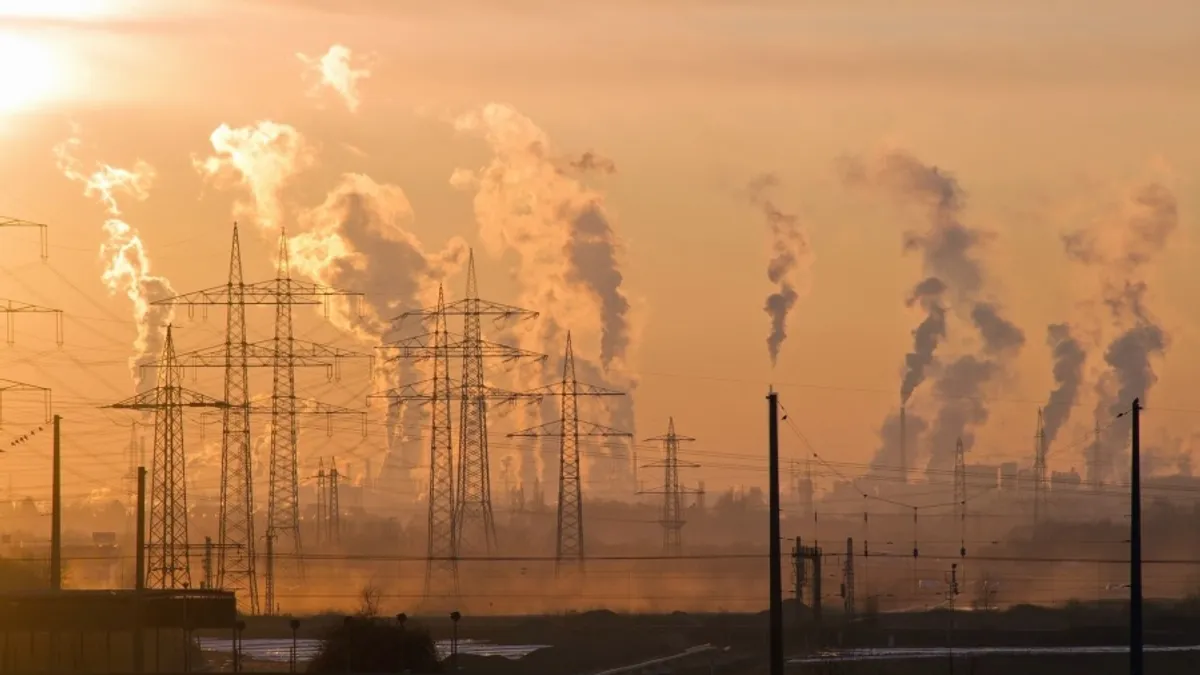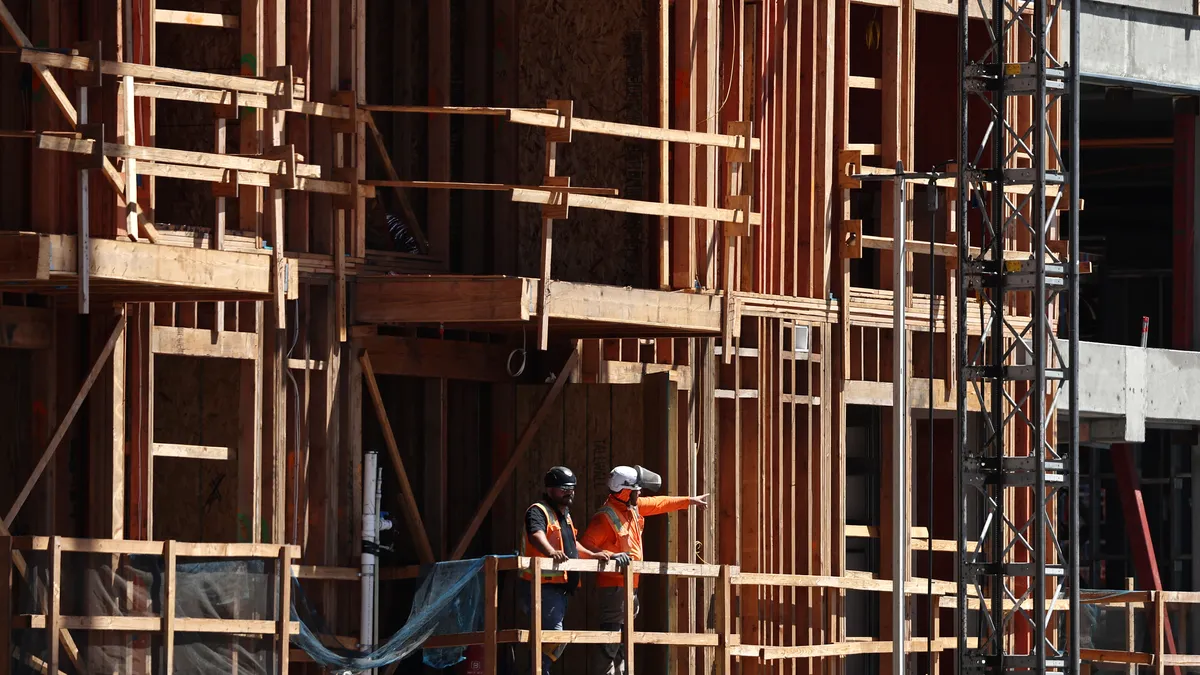Dive Brief:
- Seoul, South Korea; Guangzhou, China; and New York City have the three highest carbon footprints of cities worldwide, according to a new report from the Norwegian University of Science and Technology. Los Angeles (5) and Chicago (8) were also listed in the top 10 highest emitting cities.
- The study, which measured the carbon footprints of 13,000 cities, found that 100 cities were responsible for 18% of the world’s carbon emissions.
- Many of the world’s wealthiest cities and suburbs had the highest carbon footprints, even in countries that have relatively low emissions — a sign of how the concentration of population and wealth can contribute to a carbon footprint.
Dive Insight:
With President Trump pulling the U.S. out of the Paris climate accord, attention has turned domestically to what cities and states can do to fill the gap and reduce emissions (more than 200 mayors have pledged to meet the goals of the accord). The findings that carbon emissions are concentrated in large cities, then, can be seen as good news; study author Daniel Moran said in a release that "this means concerted action by a small number of local mayors and governments can significantly reduce national total carbon footprints."
To that end, New York City Mayor Bill de Blasio has laid out a goal to reduce the city’s greenhouse gas (GHG) emissions 80% below 2005 levels by 2050, reducing transportation emissions, requiring energy efficiency on buildings and aiming for carbon neutrality. Last month, de Blasio also announced that cars would be banned from Central Park as part of the effort.
Los Angeles has its own goal to reduce GHG emissions 60% by 2035 and 80% by 2050, although a recent audit by Siemens said the city needed to transition to 100% renewable energy and convert nearly 50% of passenger travel to transit or active transport by 2050 to meet that goal. The city has been making investments in public transit to reduce car use (and the emissions associated with it), but still has work to do to convert its transportation to cleaner sources.
And Chicago’s climate action plan sets a goal of a 25% reduction below 1990 levels by 2020, and 80% below 1990 levels by 2050, building on work to build out bike lanes, green spaces and a building retrofit program that has helped the transition to clean energy.










